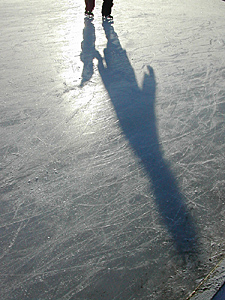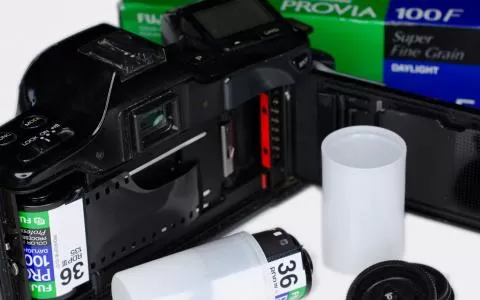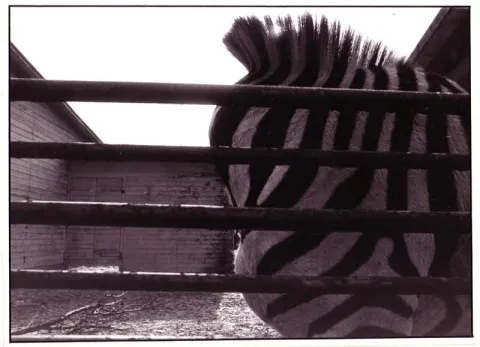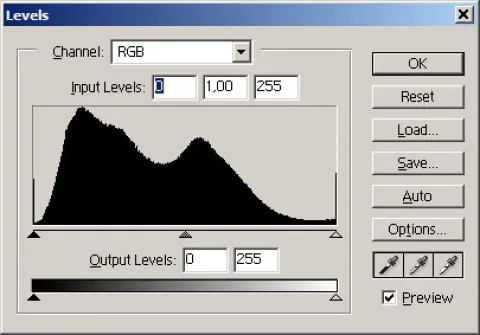The single best advice I can give with regards to configuring your digital camera is to systematically underexpose all images
Update 2025: This was written many years ago, and digital cameras have become much, much better at handling dynamic range. I still underexpose basically all images in all my cameras. The blown highlights can still be a problem, but not nearly as much as it was almost two decades ago.
Blown-out highlights is the enemy number one of the digital photographer, and they should be avoided using all means. Unless it's a goal in itself to overexpose, like in high key pictures, you should try your best to avoid loosing details in the light areas of the picture. Details can often be found in the dark areas, but once they are gone in the highlights, that's it. They're gone.

[Nikon CoolPix 775]
A digital flaw
It seems to me like it's a flaw in digital imaging -- or rather in the combination of the limited dynamic range of the sensors and the way cameras treat the images.
Digital sensors have a significantly lower dynamic range than film. I heard
The Nikon D200 is the first digital camera I have had, that does not blow out highlights routinely in the default setting. My two other mainstay cameras, the Konica-Minolta 7D and my Canon Powershot A80, have their exposure set to -0.75EV as a standard on all pictures, meaning that all images are almost an f-stop underexposed.
The result has been very few blown-out highlights, more saturated colors and an overall result, which has increased dramatically in technical quality compared to my first steps in digital photography.
Afterwork
The underexposure will often result in images that look all too dark when opened on the computer. But working with digital cameras over the last many years has taught me one thing: never judge a piture by its first look on the computer! Almost all pictures have to be worked on in the editing program afterwards. Only rarely do I use the pictures straight out of the camera.
Mostly I will compress the picture a bit using a levels function. When working on raw-images (which I do whenever possible) I usually lift the exposure back up a bit. Now, you may consider it a paradox that I underexpose in the camera, only to overexpose in the computer afterwards, but trust me: it's better than exposing straight on in most cameras.
I also tend to give the images a bit more juice on the staturation slider. Most images deserve a little more color and contrast. It may not be "correct" when compared to the real scene, but it certainly gives a picture, which is very pleasing to most eyes.



